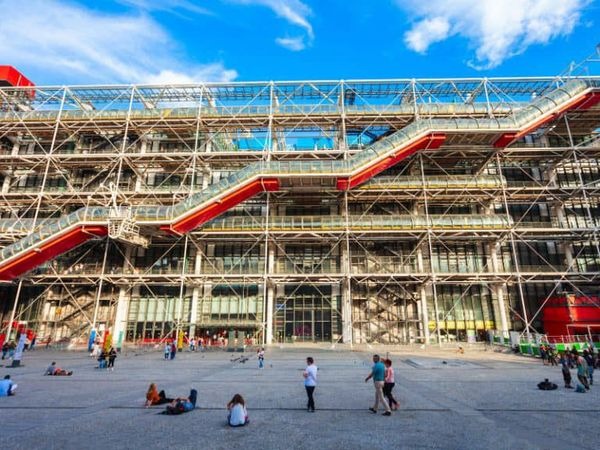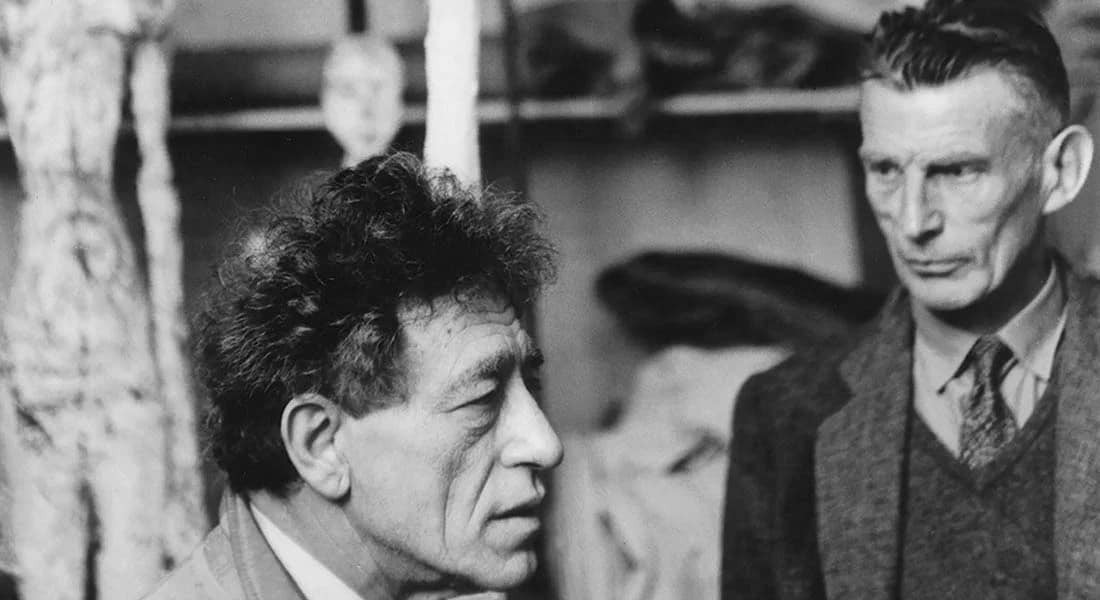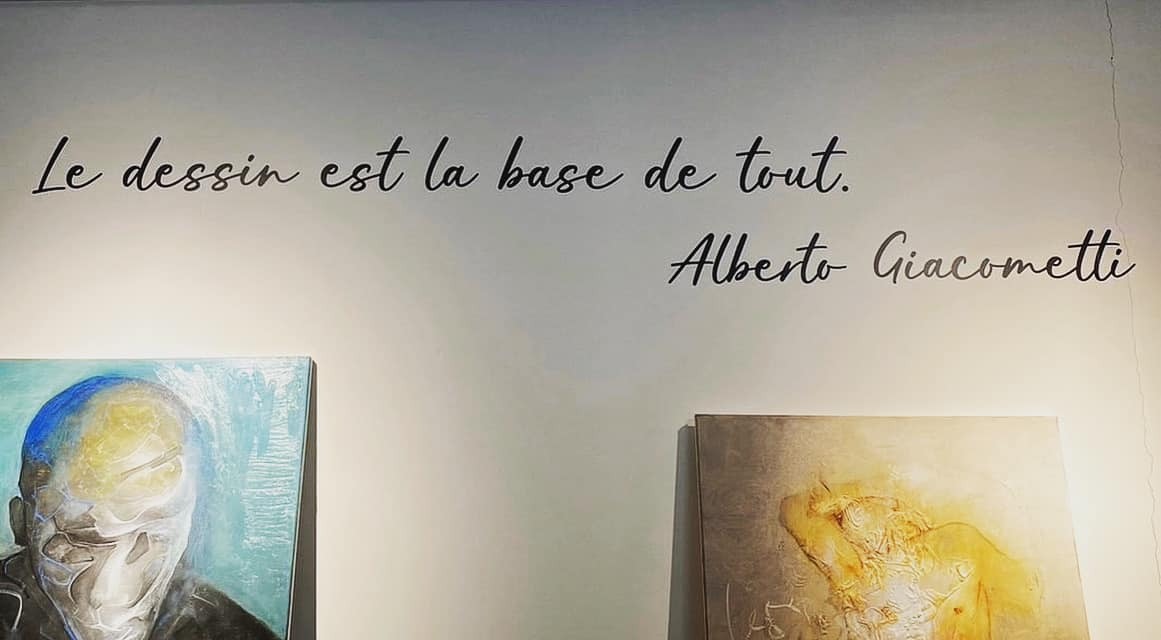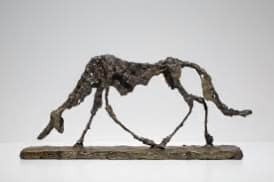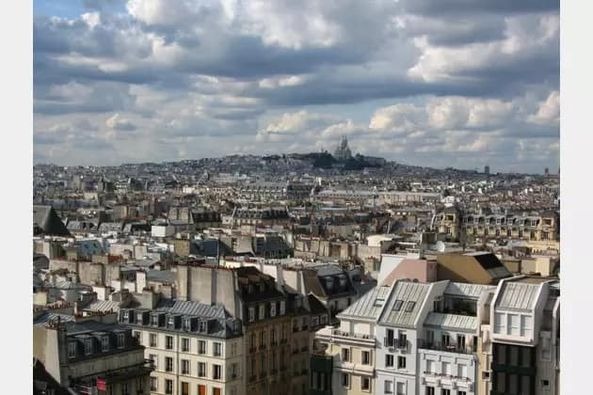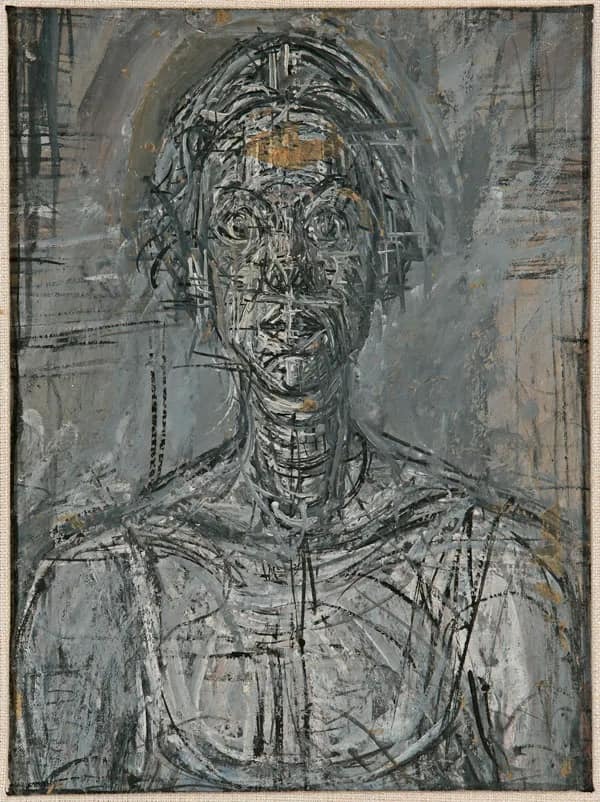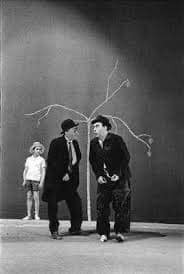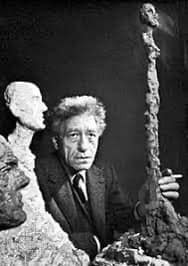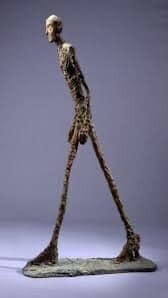

Website Design Copyright 2025 © 傑其樂藝術空間
All Rights Reserved. 網頁設計 by 覺醒設計
撰文|Jacky Lau
During my study years in France, with my fine art student card, I could visit almost all European museums free of charge. For art lovers and creative minds, it is undeniably a splendid benefit! I lived in Dijon. I went to Paris almost every month and on top of my must-do list in this museum Mecca was Centre de Pompidou ( Beaubourg, nicknamed). Before entering this modern art museum, I loved watching artists making portrait drawings, caricature or realistic, for tourists in its big public front area. Apart from its colossal collection, I was also impressed by its panoramic view over northern Paris stretching up to Basilique du Sacré-Coeur. Other Parisian museums could hardly offer this spirit-lifting air in a cold sunny day and romantically down-spirited atmosphere at night. Are these the conflicting feelings of a foreign student in a distant land? Happiness tinged with sadness!
Visits to Beaubourg brought me closer to real ‘Me’, my unique ‘Me’. In an art school, we were taught how to analyze, understand and appreciate art rather than simply loving those renowned artists and their works. Honestly, Mona Lisa, the painting itself does not appeal much to me although it is crowned with genius’ favouritism, representational uniqueness and unusual anecdotes. My unique ‘Me’ was formed little by little through my real experiences with art works, my physical (visual, tactile and sometimes audio) and metaphysical (meanings and feelings) connections. In a retrospective exhibition of Alberto Giacometti in Beaubourg, I was mind-blown! I loved it and have been adoring this artist ever since!
It was a cold weekday without many tourists or visitors in Centre de Pompidou. Giacometti wasn’t mentioned much in school. With little knowledge about this artist, I just popped in his exhibition. At entrance, visitors were greeted by his huge ‘Walking Man’, a human figure reduced to extremely slender form of dark, rough, coarse appearance. Then we were introduced to his paintings and drawings on his family and loved ones, grey and brownish, fast and firm brushstrokes creating ever unique faces of expressive emotion. I felt his kinship to human condition, existential questions and inner struggles!
With a heavy heart and a deep mind, I went into a big white room of contrasts: Walking Man II, 188cm tall and figurines of 7 cm, immense white space and slender blackish nude figures, explicit simplicity of human forms and implied complexity of human condition! I saw the singularity of this artist. His ‘plastic’ form differed greatly from his contemporaries who researched on colors, forms, lines or conceptual ideas. Giacometti digged into his own metaphysical consciousness and presented to us stunning works which would live beyond time.
Around the corner presented to us was a dog, weary and skinny! I was deeply moved! Somehow at once I thought of the slave Lucky in Waiting for Godot, a play by Samuel Beckett. Lucky, leashed like a dog, follows his master Pozzo. In this play, with a very minimalistic stage approach, there are only one tree and five characters while the sixth character never appears. I saw this play, voted the most significant English-language play of the 20th century, carry the same existential queries as in sculptural works of Giacometti. Same questions without answers, same futile quest and same sadness!
Coincidentally, I later found out that the sculptor was a good friend of this Irish playwright and they collaborated and staged Waiting for Godot in 1961. The sculptor designed the tree of the theatrical set. Here, is it intriguing to realize that the same philosophical impact and artistic quality could be conveyed through sculptures and writings, two very different art forms??
*原文以英文為本*
Beaubourg 和Alberto Giacometti (1901 - 1966)
在法國留學期間,憑著我的美術學生證,我可以免費參觀幾乎所有歐洲博物館。對於藝術愛好者和創意人士來說,這無疑是一個巨大的福利!我住在Dijon,我幾乎每個月都會去巴黎,在這個博物館聖地的必去清單中,最重要的是Pompidou Center (Beaubourg 綽號)。在進入這座現代藝術博物館之前,我喜歡觀看藝術家在其寬敞的戶外公共區為遊客創作肖像畫,無論是漫畫還是寫實。除了其龐大的收藏之外,我對巴黎北部一直延伸到聖心大教堂的全景印象深刻。巴黎的其他博物館很難在寒冷的晴天提供這種令人精神振奮的空氣,而在晚上則提供浪漫而沮喪的氣氛。這是異國的留學生的矛盾感受嗎?幸福中夾雜著悲傷!
參觀這藝術中心讓我更接近真正的“我”,獨特的“我”。在藝術學校,我們被教導如何分析、理解和欣賞藝術,而不是簡單地熱愛那些著名的藝術家和他們的作品。老實說,《蒙娜麗莎》這幅畫本身對我來說並沒有多大吸引力,儘管它充滿了天才的偏好、藝術展現的獨特性和不尋常的軼事。我獨特的「我」是透過我對藝術作品的真實體驗、我的感觀(視覺、觸覺,有時是聽覺)和形而上(意義和感受)的連結一點一點形成的。在Beaubourg 舉行的Alberto Giacometti 回顧展上,我大吃一驚!我喜歡它並且從那時起就一直崇拜這位藝術家!
這是一個寒冷的平日,Pompidou Center沒有太多遊客或參觀者。Giacometti 在學校裡很少被提及。由於對這位藝術家知之甚少,我只是偶然參觀了他的展覽。在入口處,迎接遊客的是他巨大的“行走的人”,一個被縮窄為極其細長的人形,外表黝黑、粗糙。然後我們看到了他關於家人和親人的畫作,灰調和黑、棕色,快速而堅定的筆觸創造出獨特的情感。我感受到作品與人類處境、存在價值和內心鬥爭的密切關係!
懷着沉重的心緒,我走進一個充滿對比的白色大展廳:188厘米高的Walking Man II雕塑和只有七厘米的小人型、空白的大空間和扁瘦黑色的人體雕塑、明顯簡約的人形表現和暗示的複雜人性處境!我看到了這位藝術家的獨特之處。他的藝術風格與研究顏色、形式、線條或概念思想的同時代人有很大不同。Giacometti 深入挖掘自己的形而上學意識,向我們展示了超越時間的令人驚嘆的作品。
在轉角處呈現給我們的是一隻狗,又累又瘦!我深受感動!不知何故,我立刻想到了Samuel Beckett的戲劇Waiting For Godot中的奴隸Lucky。Lucky像狗一樣被拴著,跟著他的主人Pozzo。這部劇的舞台手法非常簡約,只有一棵樹和五個角色,而第六個角色卻從未出現。我看到這部被評選為 20 世紀最重要的英語戲劇,與Giacometti 的雕塑作品中有著同樣的存在主義疑問。同樣的問題沒有答案,同樣的徒勞的追求和同樣的悲傷!
巧合的是,後來我發現這位雕塑家是這位愛爾蘭劇作家的好朋友,他們在1961年合作上演了《等待果陀》。劇中的樹是由雕塑家設計的。在這裡,意識到同樣的哲學影響和藝術品質可以透過雕塑和寫作這兩種截然不同的藝術形式來傳達,是不是很有趣?
